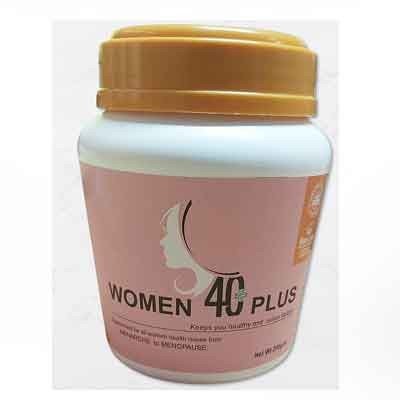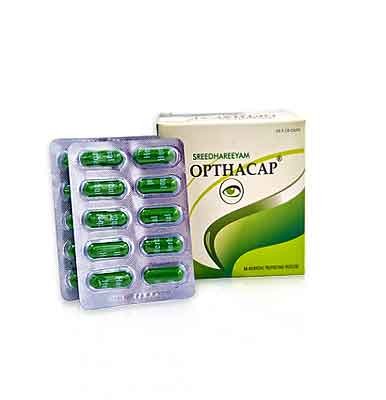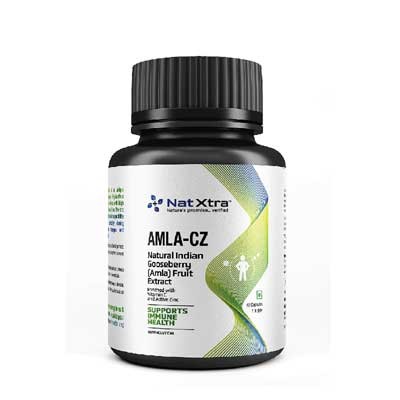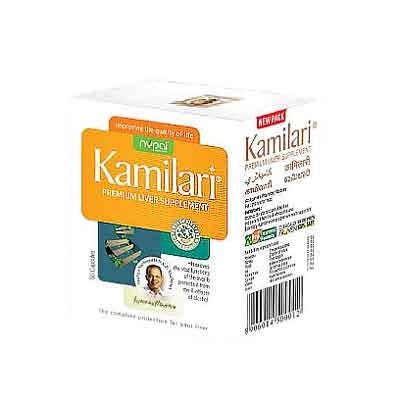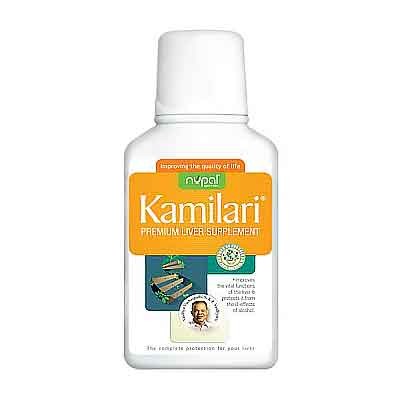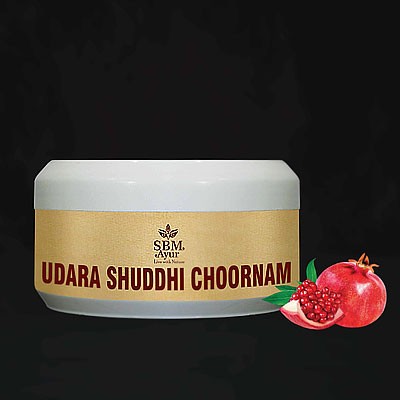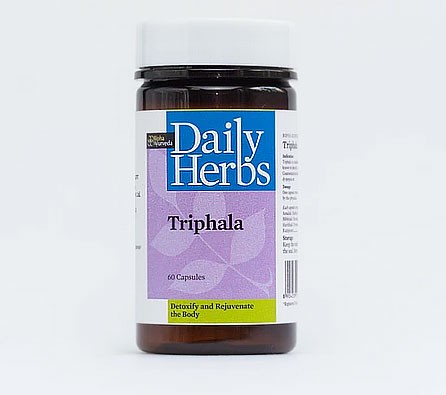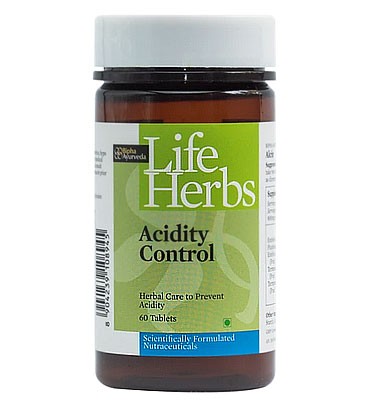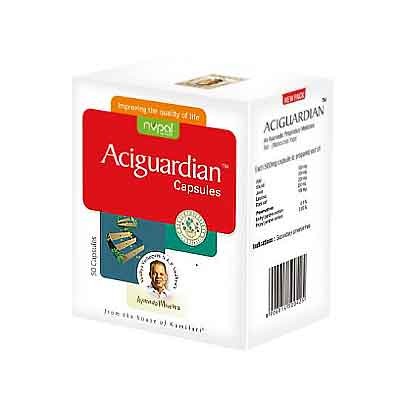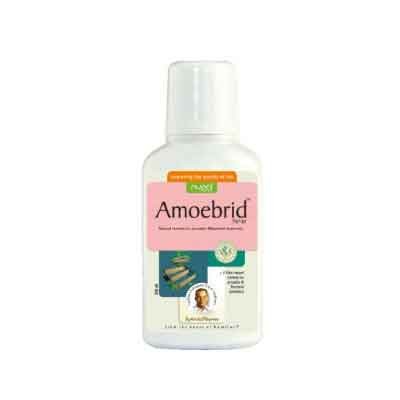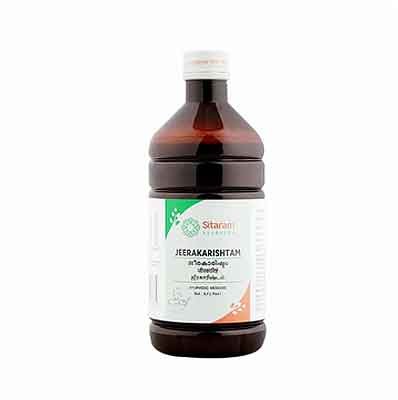The elaborate a combination of 43 prime vata-hara drugs that address all aspects of inflammatory diseases in an easy-to-digest aqueous base.
Dasamoola or the anti-inflammatory group of ten roots along with Bala, Devadaru, Kushta and Rasna pacify all aspects of Vata derangement like pain, edema, dryness, roughness and loss of mobility.
Diuretic drugs like Punarnava and Satahwa improve blood circulation and lymph drainage from the body. Draws out deep tissue swelling and edema.
Ashwagandha, Shatavari and similar nourishing drugs are also an important part of the combination. It reaches deep into degenerative joints to nourish and heal in a holistic manner.
Enhances nerve strength and function. Beneficial in the treatment of palsies, strokes, tremors and tics
Pre-natal and post-natal period is characterized by Vata aggravating in the bowel and pelvic region. In the delivered woman, the judicious administration of Dhanwantararishta helps in regaining lost strength and function.
Seasonal
use of Dhanwantararishta is highly recommended for maintaining health
in geriatric patients. It helps in improving joint strength and
mobility. It is advised as a holistic way to overcome rigidity and
general fatigue.
Dosage
Adult: 25-30 ml twice or thrice daily after food.
Child: 10-15 ml once or twice daily after food.
Key ingredients and their properties
BALA- Scientifically known as (Sida cordifolia). One of the main ingredients in many of the ayurvedic formulation and mainly used in vataja disorder. Also useful in pregnancy to make milk decoction for easy delivery.Country Mallow is a revered herb in Ayurveda, known to balance all the doshas (bodily humours that make up one’s constitution). It is a health tonic with rejuvenating, anti-inflammatory, libido-enhancing and fat-burning properties.
YAVA-Yava (Hordeum vulgare Linn.), commonly known as barley, belongs to the family Poaceae. Yava is a famous shukadhanya (cereal) used in Indian systems of medicines viz., Ayurveda and used in different medicinal preparations as well as in dietary form for many santarpanajanya roga like prameha(diabetes), kustha (leprosy) and medoroga (obesity) etc
KULATHA(Dolichos biflorus) –Kulatha is one such dietary article having multiplicity in use from time immemorial. It can be utilized in different therapeutic conditions as food and also as medicine. They are good sources of proteins.t has been included under the Pathyas of many diseases such as Prameham, Amavatam, Swasam etc.
CHANDANA ?Sanctalum album) – The addition of sandalwood or chandana nourishes the skin by reducing pimples, acne marks, blemishes, suntan, dullness and excess oil from the skin. This potent herb pacifies Pitta doshas, cleanses the skin, reduces inflammation and effectively treats conditions like diarrhea and piles.
VILVA-Vilwa also called (Aegle marmelos). The Bael tree or Bilva (in Sanskrit) is an ancient Ayurvedic tree known for its spiritual and medicinal importance. It is one of the Dashamoola (group of ten roots) herb. Belpatra is said to have anti-inflammatory properties and can be applied on any inflamed region for quick relief. Bael is said to have anti-fungal and anti-viral properties, due to which it is used in treating a number of infections in our body.
AGNIMANTHA(Premna integrefolia) – The extracts of Agnimantha play a vital role in improving skin glow and texture. It prevents dark circles, blemishes, breakouts, scars left after the healing of acne, suntans, and various signs of aging and provides a natural radiance to the skin.
SHYONAKA: (Oroxylum indicium) – It detoxifies the blood, cleanses wounds and helps in faster healing.
GAMBARIi:( Gmelina arborea) – One of the dashamoola roots, it effectively reduces inflammation and improves wound healing. The potent antioxidant properties help in cleansing the blood and removing the dullness of skin and wrinkles.
PATALA:( Stereospermum suaveolens) – The herb is highly effective in purifying the blood. It also treats burns, wounds, reduces blisters, and provides relief from pain and burning sensation.
SHALAPARNI: (Desmodium gangeticum)
The extract is highly beneficial in treating allergic conditions and skin infections and provides relief from redness, itching, and dryness. Being an amazing skin emollient, these prickly dried fruits of the gokshura tree treats skin infections and inflammatory conditions. It also helps in treating the various signs of aging like wrinkles, fine lines, dark circles, etc. and bestows smooth, glowing revitalized skin.
BRIHATI:( Solanum indicum )
The use of Brihati in this oil helps reduce Vata disorders. It treats different types of skin infection and nourishes and rejuvenates the skin.
KANTAKARI (Solanum virginianum)
The Kusthahara property of this herb holds high value in treating skin diseases, helping in wound healing and promoting skin health. Yellow Berried Nightshade is one of the chief ingredients in Dashamoola Rasayanam, an Ayurvedic preparation for the treatment of respiratory ailments. The herb is also a digestive and carminative, which facilitates the treatment of gastrointestinal problems.
GOKSHURA(Tribulus terestris)
Being an amazing skin emollient, these prickly dried fruits of the gokshura tree treats skin infections and inflammatory conditions. It also helps in treating the various signs of aging like wrinkles, fine lines, dark circles, etc. and bestows smooth, glowing, revitalized skin. Land Caltrops have been used for centuries as a general tonic by the Ancient Greeks. It is used in Ayurvedic medicine to maintain efficient kidney and urinary functions and in reducing renal discomfort. It is effective in treating urinary tract disorders because it promotes the flow of urine and cools and soothes the membranes of the urinary tract. Land Caltrops has also been described as an aphrodisiac in Ayurveda.
DEVADARU-Also is known as (Cedrus deodara) or himalayan cedar. It is very effective in neurological disorders,asthma,pruritis,infested wound. Devadaru is also effective in arthritis and headache. Deodar oil contains two major sesquiterpenoids a – and ß- himachalenes. Deodardione and deodardione are also isolated from the essential oil. The oil shows in-vitro antibacterial, antifungal and anti-inflammatory activity.
SARIVA- Sariva (Hemidesmus indicus) is known for its refreshing coolant action, blood purifying effect & pitta pacifying properties.Sariva detoxifies the aama (toxins). Hence it is very useful in gout, arthritis, chronic rheumatic disorder and glandular swellings, and Beneficial in burning micturition and yellowish urine.
THAGARA-Also called as (Valeriana wallichii) . Calms the mind by interfering with brain chemicals (GABA) that communicate information between the nerve cells in the brain. Induces good sleep and reduced stress. Indian Valerian is recommended for the treatment of insomnia. It stimulates the central nervous system and reduces spasms and anxiety. Records have shown that the herb, which grows in abundance in the temperate Himalayan regions, has been medicinally used in the 16th century to treat trembling, delirium tremens, headaches and heart palpitations.
PUNARNAVA( Boerhaavia diffusa)-Punarnava, a potent ayurvedic has immense health benefits and has been in use since ancient times in treating a host of health anomalies. Commonly known as Hogweed, Sterling, Tarvine in English, Mukarati Kirei in Tamil, Raktakunda, and Shothaghni in Sanskrit, it goes by the botanical name Boerhavia diffusa. Punarnava has powerful analgesic and anti-inflammatory properties, which are extremely beneficial in reducing joint and muscle pain, thereby reducing the chances of chronic autoimmune inflammatory diseases like rheumatoid arthritis.
ASWAGANDHA-(Withania somnifera)Ashwagandha is commonly used for stress. It is also used as an “adaptogen” for many other conditions, but there is no good scientific evidence to support these other uses. Ashwagandha contains chemicals that might help calm the brain, reduce swelling (inflammation), lower blood pressure, and alter the immune system. The root contains steroidal compounds, which include the lactones Withaferin A and carbon-27-glycoithanolide, known collectively as the Withanolides. The Withanolides are responsible for the varied medicinal applications of the herb. Winter Cherry also contains a fair amount of alkaloids, including tropine, pseudotropine, isopelletrine, anaferine and saponins, which impart medicinal properties to the herb.
HAREETHAKI(Terminalia chebula)
Popularly known as Indian walnut for its innumerable benefits or Indian hog plum in English, it is extremely valuable for its role in improving hair health. It is useful for treating scalp infections like dandruff, itching and hair fall. It also strengthens them from the roots, prevents breakage and loss of hair and bestows silky soft, smooth hair. Chebulic Myrobalan is one of the three key ingredients in Triphala, a natural compound that provides overall support for digestive function and helps ensure that the digestive tract works at optimal levels. The Ayurvedic Pharmacopoeia of India has documented the use of the powdered herb in intermittent fevers and chronic fevers, anaemia and polyuria. Chebulic Myrobalan can also be used to treat gastrointestinal and respiratory disorders.
AMALAKI – (Emblica officinal)is commonly known as the Indian gooseberry is high in vitamin C and natural antioxidants known as flavonoids and polyphenols. When used for hair treatments, it is found to strengthen and condition follicles down to the roots. Amla oil can promote hair growth, reduce dandruff, and prevent the greying of hair.
VIBHITHAKI –(Terminalia Bellerica ) –Known as beach almonds or Bedda nut tree, It is rich in Vitamin C, and other antioxidants that nourish the hair roots. Bibhitaki helps in making the roots of the hair stronger, minimizing hair fall and preventing premature greying of hair strands.


